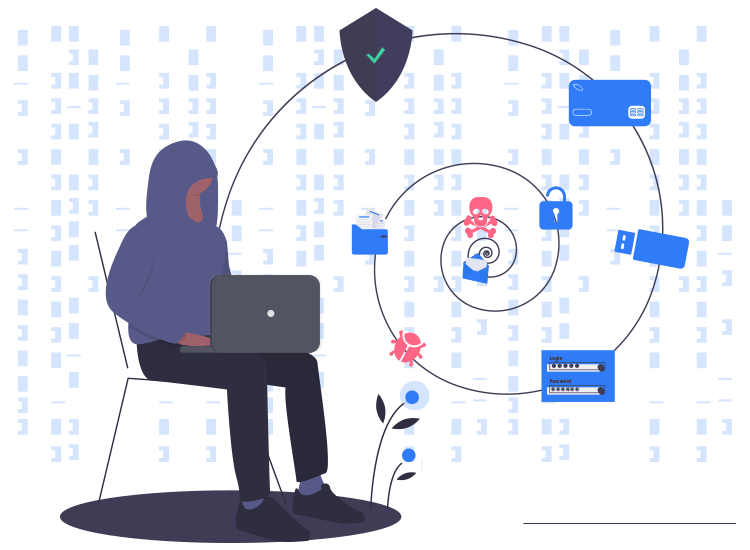
Cyber espionage mainly targets Government agencies and enterprise-level organizations and aims at stealing their confidential and sensitive data. It belongs to the family of cybercrime designed to gain political, and economic advantages over competitive companies and parties.
This advanced form of digital crime implies criminals with technical expertise who can design high-valued programs that can shut-down the entire financial system and infrastructure of any organization. They are widely used to interrupt international programs, and this can result in failure or growth of a company and, allegedly, completely turn-around the election results for political gains.
Popular examples of previous attacks
- One of the most popular cyber espionage attacks happened in 2009 and targets specific Google accounts held by Chinese human rights activists. In addition to Google account several other popular companies were being targeted using the security loopholes in Microsoft Internet Explorer.
- Later in 2010, the issue was identified and diagnosed by security experts at McAfee and the code was labeled as “Operation Aurora”. The Aurora code was used to send infected emails to a few targeted account holders who were supposed to have greater access to sensitive information and intellectual property. As a preventive measure, a security patch was developed and released across the world to curtail future attacks.
What Are the Common Targets of Cyber Espionage?
Some of the most common targets include:
- Intellectual Property like secret formulas, enterprise level confidential information, and high-end future projects.
- Customer data and client information can also be the focal point of several data theft campaigns.
- Organization level internal information related to employee salaries, policies.
- Marketing goals, competitive data along with long and short term growth plans of an organization are few of the main target areas of a cyberespionage attack.
Safeguard Against Cyber Espionage | Preventive Measures
- Protect Your Important Infrastructure: Proper network setup should be maintained for corporate use and should be separate from the network dedicated to intellectual property. Apart from this limited access should be given for better protection. Proper screening should be done before anyone is allowed to access these areas.
- Data Policy: Open access to critical information is one of the most common reasons for cyberespionage attacks. To avoid this, organizations and parties should follow strict data policy. This means only a specific set of employees and personnel should be provided access to the data corresponding to sensitive information and intellectual property.
- Monitor any unexpected behavior: This is by far the most difficult yet important preventive method. Security experts advise that one should be highly vigilant and pay attention to any uncommon activities. Weird email and failed working of basic system monitoring measurements can be some of the picks and indications that something is wrong.
Unfortunately there is no laid down rule book for safeguarding yourself from cyberattacks. Thus it is always advisable to practice utmost vigilance while accessing critical and sensitive data and staying updated to protect your intellectual property from the reach of digital criminals.

